Keeping animals in the dry (transit) period
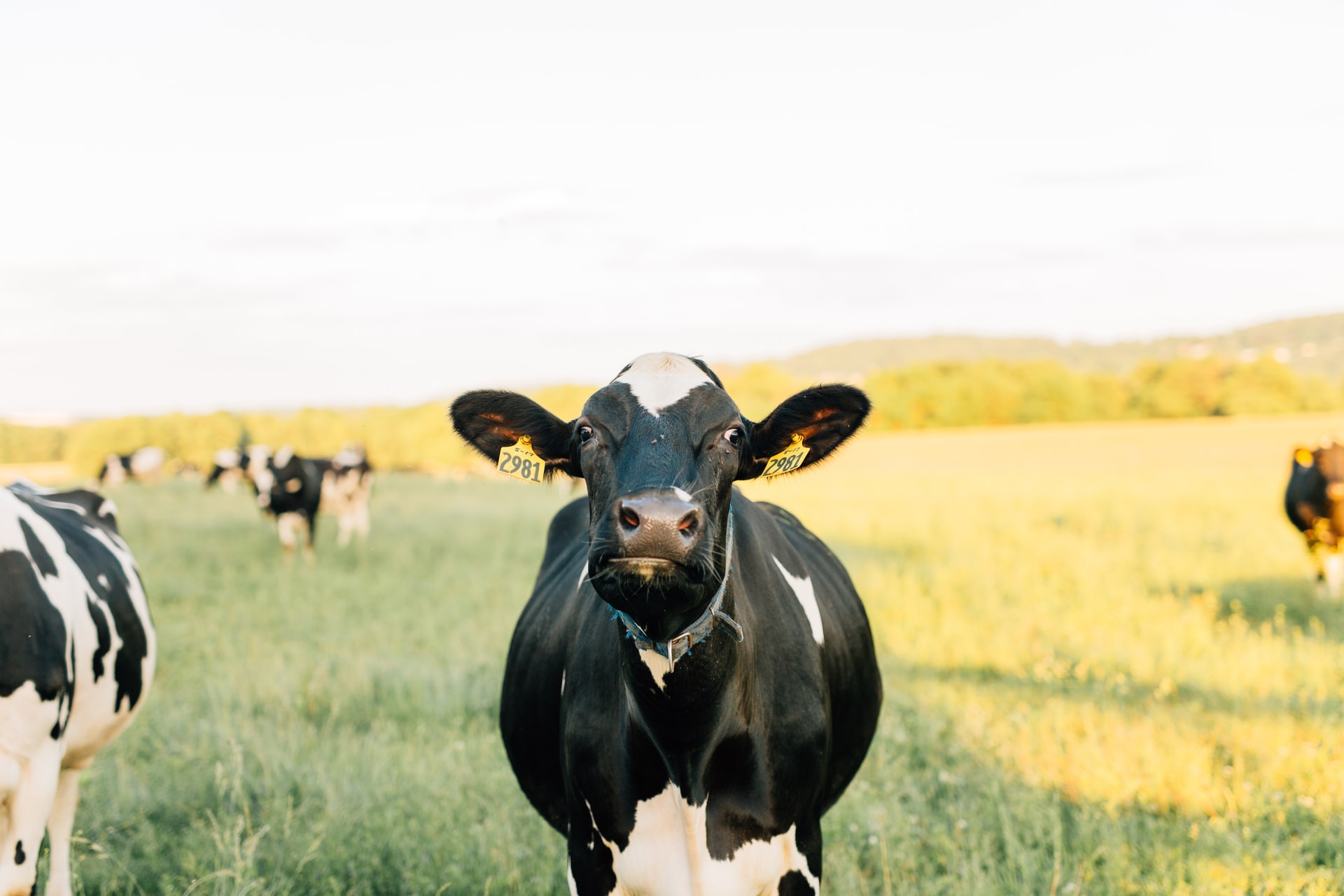
The dry period is perhaps the main period in the life of a cow, thanks to which future productivity, successful calving, and the health of the cow and calf are formed. The lactation period of a cow, in the case of proper maintenance and timely insemination, usually lasts 305 days. Before the end of lactation, the cow is "started", prepared for the cessation of lactation and milking. After that, the dry period begins, which normally lasts 60 days, and is divided into two stages - the first, which lasts 39 days and the second, 21 days. Let's look at the main aspects related to the care, control over the condition of animals during this period.
For animals during the transit period, you need to pay attention to:
1. Conditions of detention
2. Diet, the process of feeding and drinking
3. Body condition index
4. Veterinary indicators
During this period, the animal prepares for calving and the next lactation, therefore, cleanliness and comfort in the place of detention, fresh air, no drafts, clean, not cold drinking water (temperature at least 15 degrees Celsius), a balanced diet - these are the success factors for future lactation.
The principle of sufficiency must be observed in the diets. Usually the diet of a dry cow is three to four times cheaper than the diet of a dairy cow, but the main task in the diet of a dry cow is to control dry matter, the consumption of which per day per cow in the group of dry animals of the second period should not be less than 12 kg ... It is not recommended to keep heifers and cows together during the transit period. Of course, they have similar diets, but it is more comfortable for heifers to be in a separate group. Moreover, it is impossible to keep dairy and dry cows together, they have completely different diets. It is not recommended to give hay in unlimited quantities, in which case we will not be able to control the volume of dry matter. The diet of dry cows in the second period should be close to the diet of fresh cows. This will contribute to the formation of microflora in the digestive tract of the cow, ready for the diets of the milking period.
It is necessary to monitor the condition of the drinking bowls and the purity of the water in them. We mentioned earlier about temperature readings. The studies carried out by us using temperature sensors and water consumption volumes allow us to draw conclusions about the significant influence of these factors on the formation of high-quality microflora and veterinary indicators.
The index (point) of cows fatness in the first dry period can fluctuate in the range of 2.5-5.0 units. At the same time, cows with a body condition index above 3.5 units are at risk of leaving after calving in terms of liver and gastrointestinal tract diseases. If the animals in this group are with indicators of 1.5-2.0 points, then such animals have a high risk of ketosis, displacement of the abomasum, delayed placenta and other new-calving diseases. In addition, such animals take a long time to recover and reach the peak of milk production for a long time, as a result, the enterprise loses significant volumes of production, which directly affects its efficiency.
One of the main tasks in the dry period is strict adherence to veterinary protocols. Timeliness of treatment, manipulations with animals, preparing them for calving and calving itself - without this we will not get a healthy cow and calf, and we will not prepare the cow for future lactation.
Check out some of the photos from our partner farm audit reports. There are numerous violations of feeding and keeping cows during the transit period.
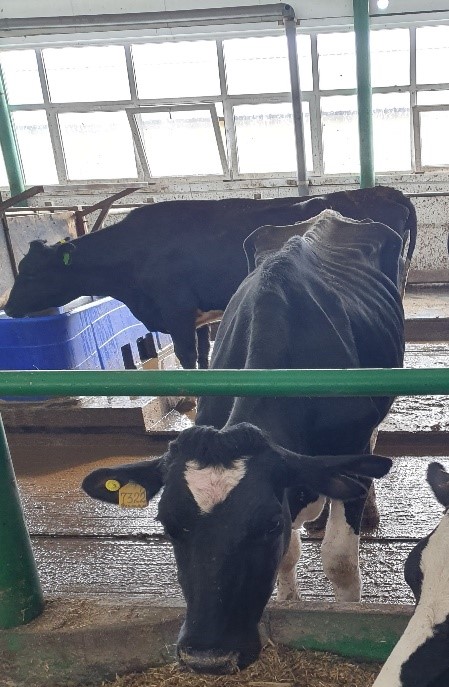
Photo 1. Low body condition score.
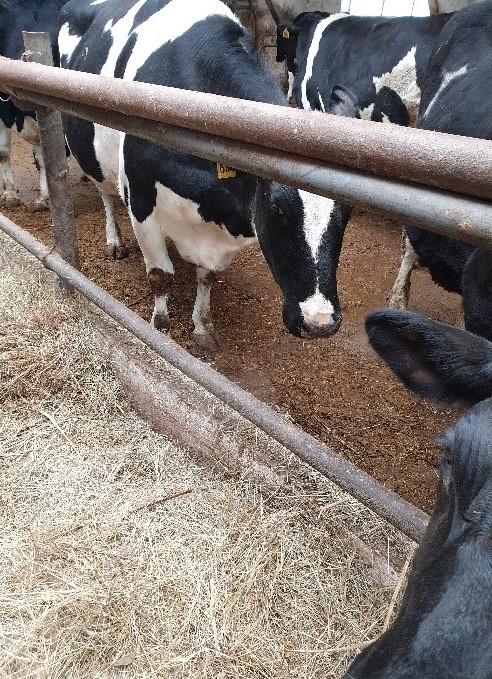
Photo 2. High fatness score, unlimited availability of hay.
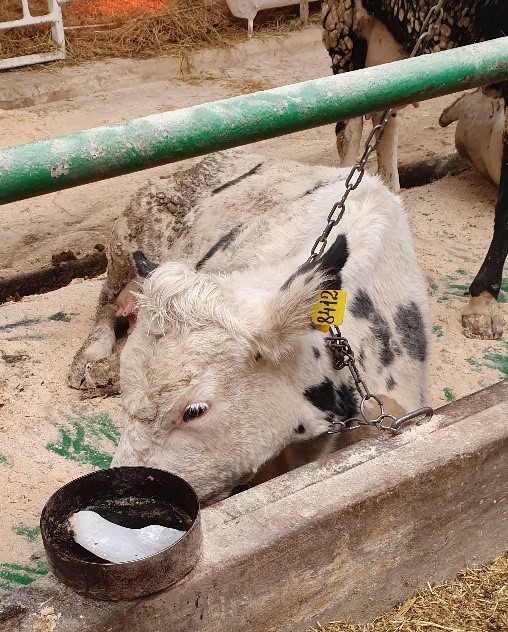
Photo 3. Dirty animals, insufficient care.
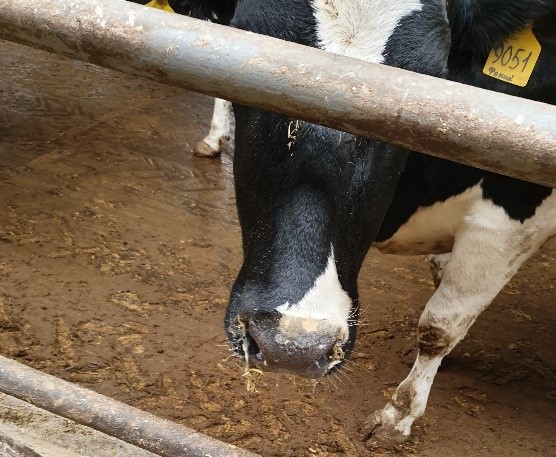
Photo 4. Diseases of animals.
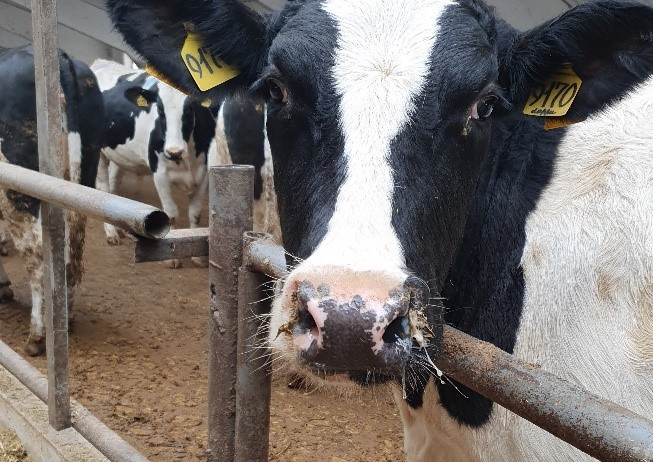
Photo 5. Diseases of animals.
Control over the quality of work with animals during the dry period is impossible without organizing correct, regulated business processes. If your company, wherever you are, is interested in organizing them, please contact us by mail info@smart4agro.ru or through the form on the website, and we will connect you with our partners from around the world who are solving these problems.
Alguma dúvida?
Entre em contato com nossos especialistas para saber mais
